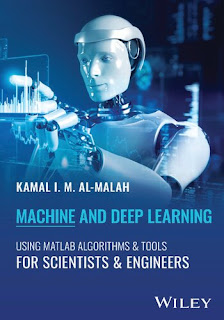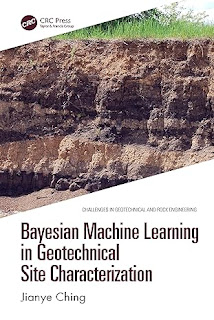GeoStudio: Geotechnical Numerical Analysis Tools
Bentley Seequent GeoStudio v2024.2.1.28 [Size: 935 MB] ... GeoStudio's integrated products enable you to work across various engineering use cases. The integrated GeoStudio software suite enables you to combine multiple analyses using different products into a single modeling project. Use GeoStudio products together for an integrated modeling experience. Use this approach to model construction sequences, establish initial conditions, perform sensitivity analyses, model complex time sequences, or decompose a complex problem into several smaller, more manageable analyses. GeoStudio is an integrated software suite for modeling slope stability, ground deformation, and heat and mass transfer in soil and rock.Overview of GEOSLOPE GeoStudio Features: GeoStudio provides many tools for defining the model domain, including coordinate import, geometric item copy-paste, length, angle feedback, region merge and split, and DWG / DXF file import. + GeoStudio runs each analysis solver in parallel, solving multiple analyses efficiently on computers with modern, multi-core processors. + GeoStudio provides powerful visualization tools, including graphing, contour plots, isolines, animations, interactive data queries, and data exports to spreadsheets for further analysis. + GeoStudio enables you to combine analyses using different products into a single modeling project, using the results from one as the starting point for another. GeoStudio Ultimate expands the capability of GeoStudio Advanced with functionality to analyse static and dynamic stress and deformation within soil or rock including coupled consolidation, finite element stress stability, and the ability to use finite element results in the limit equilibrium analysis.
QUAKE/W is a powerful finite element software product for modelling earthquake liquefaction and dynamic loading. QUAKE/W determines the motion and excess pore water pressures that arise due to earthquake shaking, blasts, or sudden impact loads. SEEP/W is a powerful finite element software product for modelling groundwater flow in porous media. SEEP/W can model simple saturated steady-state problems or sophisticated saturated/unsaturated transient analyses with atmospheric coupling at the ground surface. SIGMA/W is a powerful finite element software product for modelling stress and deformation in soil, rock, and structures. SIGMA/W analyses may range from simple linear elastic simulations to soil-structure interaction problems with nonlinear material models. SLOPE/W is the leading limit equilibrium slope stability software for soil and rock slopes, analysing both simple and complex problems for a variety of slip surface shapes, pore water pressure conditions, soil properties, and loading conditions.








